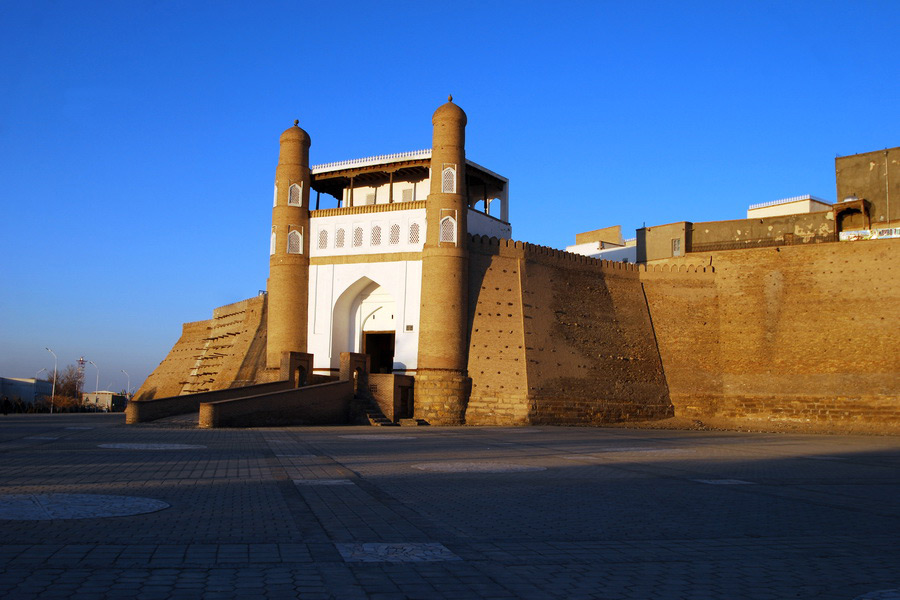Bukhara, an ancient city nestled in the heart of Uzbekistan, has earned a spot among the The New York Times top travel destinations for 2025. Ranked 22nd out of 52 global destinations, Bukhara’s rich history, cultural significance, and growing modern appeal make it a must-visit for travelers in the coming year.

Once a key point on the Great Silk Road, Bukhara has long been known for its vibrant history, stunning architecture, and cultural legacy. The UNESCO World Heritage site is revered for its timeless beauty, with landmarks such as caravanserais, religious schools, and centuries-old Islamic structures dotting its historical district. Now, as the city prepares for a major cultural event, it is poised to attract even more visitors eager to explore its fusion of the old and the new.
The inaugural Bukhara Biennial, set to take place from September 5 to November 20, 2025, promises to be a highlight of the city’s cultural calendar. This festival will bring global contemporary art into the heart of Bukhara’s historical district, offering a unique opportunity to experience the city through a modern lens. The event will feature works by internationally renowned artists, including British sculptor Antony Gormley, Egyptian-American culinary artist Laila Gohar, and avant-garde Indian performer Himali Singh Soin.
The Bukhara Biennial will showcase art in a setting steeped in history, surrounded by restored inns and architectural gems that date back centuries. The event is open to the public, offering free access to this world-class display of contemporary art in one of the world’s most historically significant cities.
Beyond the cultural festival, the ease of travel to Uzbekistan is making it simpler than ever for visitors to reach Bukhara. The recent debut of two national airlines, Silk Avia and Air Samarkand, has made traveling to and around Uzbekistan more accessible, enhancing the overall travel experience for those heading to this Silk Road gem.
A Glimpse into Bukhara’s Rich Legacy: From Ancient Trade Hub to Cultural and Religious Beacon
Bukhara, one of Central Asia’s oldest cities, boasts a history that spans over 2,000 years. It rose to prominence as a key stop on the Great Silk Road, facilitating trade and cultural exchange between the East and West. The city’s history flourished under various empires, including the Persian Empire and the Samanid dynasty (9th-10th centuries), which saw Bukhara become a center of Islamic learning and culture.

In the 11th century, the city was renowned for its scholarly achievements, attracting figures like the philosopher and poet Omar Khayyam. During the Timurid era (14th-15th centuries), under the rule of Timur (Tamerlane) and his successors, Bukhara became an important cultural hub. The city’s architectural legacy from this period includes stunning madrasas, mosques, and caravanserais, many of which are preserved today as UNESCO World Heritage sites.
Bukhara’s significance continued through the following centuries, playing a central role in the spread of Islam throughout Central Asia. In the 19th century, it became part of the Russian Empire, and later the Soviet Union, before gaining independence as part of Uzbekistan in 1991.
Throughout its history, Bukhara has been home to many notable figures, including the famous Sufi mystic and poet, Baha-ud-Din Naqshband, who founded the Naqshbandi order in the 14th century, and the renowned Islamic scholar and jurist Al-Bukhari, who compiled the Hadiths of Prophet Muhammad in the 9th century. These figures, among others, have cemented Bukhara’s status as a beacon of intellectual and cultural achievement in the Islamic world.
Comments (0)